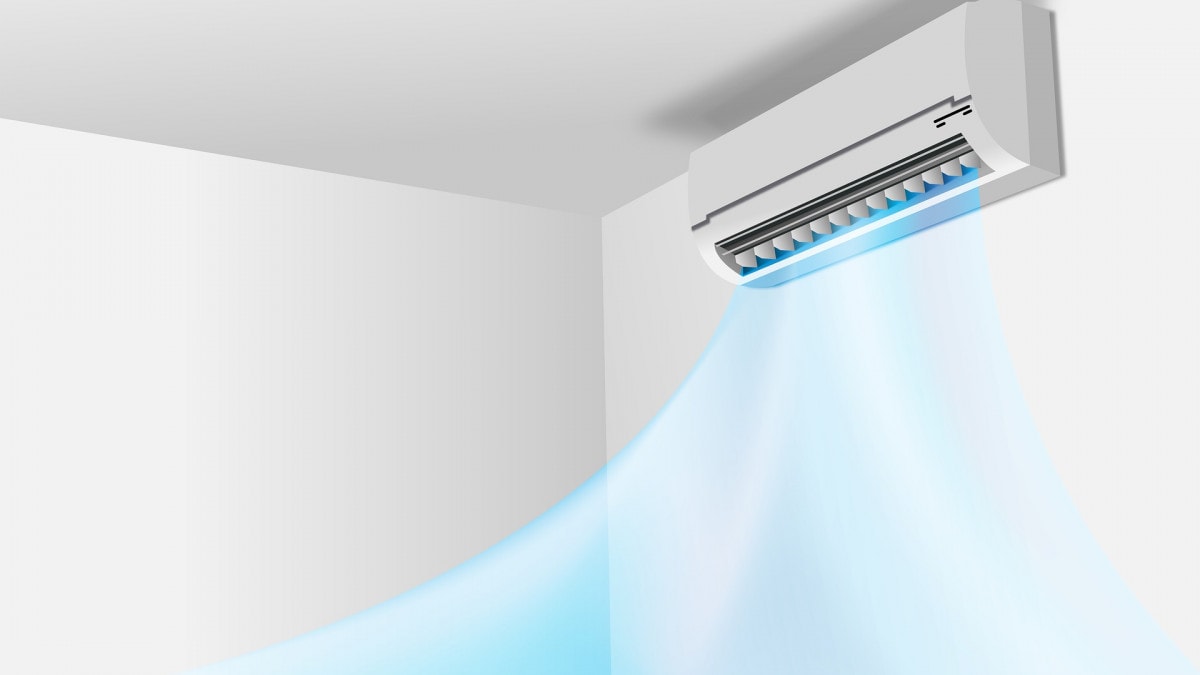
The temperature conditioning of the air that surrounds us is an aspect of considerable importance, which becomes almost vital in certain situations for our health and well-being. The technological development has brought us increasingly smart air conditioners, as has happened with i refrigerators.
But a flaw of current air conditioners and refrigerators, however smart and efficient they may be, consists in the use of refrigerant liquids and gases. We talk about defects because such substances can be very harmful to the environmentand also because their management and disposal are expensive.
But research published in Nature recently could pave the way for a solution greener. The object of the research, carried out by a research group of Luxembourg Institute of Science and Technology located in Luxembourg, it is a definite pump electrocaloric.
This pump would be able to produce heat and cool the surrounding environment through the use of electric fields and a particular one ceramicwithout using gas or refrigerant liquids.
Going more technical, the pump is based on the principle whereby the ceramic material used undergoes a strong polarization if subjected to the action of an electric field.
This strong polarization implies a entropy changea parameter representing the disorder of the system to which it refers, associated with the system in which it is found. By increasing the polarization, the atoms that make up the ceramic all orient themselves more or less in the same direction, therefore the disorder decreases, i.e. the entropy decreases.
Thermodynamics dictates that the entropy of a system actually it cannot decrease and therefore, somewhere else in this system the entropy will increase for compensate the decrease just described. This increase in entropy, or increase in the disorder of the atoms, is transferred to the lattice that constitutes the ceramic material. At a macroscopic level the temperature increases corresponding to the increase in disorder.
This increase in heat can be exploited, by means of the use of others interposed materials in the system they have a lower polarization entropyto heat or cool the environment.
This principle is based precisely on the variation in entropy and on the interposition of materials that provide a polarization that requires a smaller variation in entropy than that generated initially.
In short, this way it is possible acquit theoretically to all the functions performed by an air conditioner or a refrigerator without using gas or refrigerant liquids. The road to commercialization is very long, given that the electrocaloric pump must be returned efficient like those currently on the market. Furthermore, the issue of consumption should also be addressed, i.e. understanding whether the electric fields are necessary for operation they require more or less energy compared to heat pumps currently used on a large scale. If you want to know more, we suggest you read the full article in Nature.



